When George Russell, Mercedes driver clinched pole for the 2025 Singapore Grand Prix with a blistering 1:29.158, the whole paddock felt the ripple.
The pole‑setting lap came on a damp Saturday at Marina Bay, and it put the British driver ahead of Max Verstappen of Red Bull Racing, who settled for second after posting 1:29.340.
That front‑row lock‑up between Mercedes and Red Bull promises a fireworks‑like start on a circuit where overtaking is a luxury.
Qualifying Drama at Marina Bay
The qualifying session unfolded in three intense parts. In Q1, the midfield jostled for the final six spots, while the big teams used the early laps to test tyre degradation on the tight corners of the street track.
By the time Q3 rolled around, rain‑sprinkled asphalt and a gusty sea‑breeze added a layer of unpredictability. Russell’s two clean laps left the crowd buzzing; his second lap, a flawless apex through Turn 7, shaved 0.182 seconds off the previous best.
Verstappen, meanwhile, hit a wall of frustration. The Dutchman claimed that Lando Norris of McLaren had inadvertently boxed him on his final flying lap, forcing a slower sector time. "I felt the traffic hold me back," Verstappen muttered to the press, eyes still on his watch.
Front Row Showdown: Russell vs Verstappen
The contrast between the two drivers couldn’t be clearer. Russell, at 26, is still finding his rhythm in a team that last year wrestled with aerodynamics, yet his poise in the wet‑to‑dry transition shows why Mercedes kept faith in his talent. Verstappen, a five‑time world champion, is no stranger to pressure. His Red Bull chassis excels on high‑speed straights, but the Marina Bay twist‑and‑turn layout levels the playing field, putting a premium on braking stability and tyre management. Both drivers will need to juggle the usual Singapore concerns – scorching cockpit temperatures, a track that evolves lap by lap, and the ever‑present safety car threat.
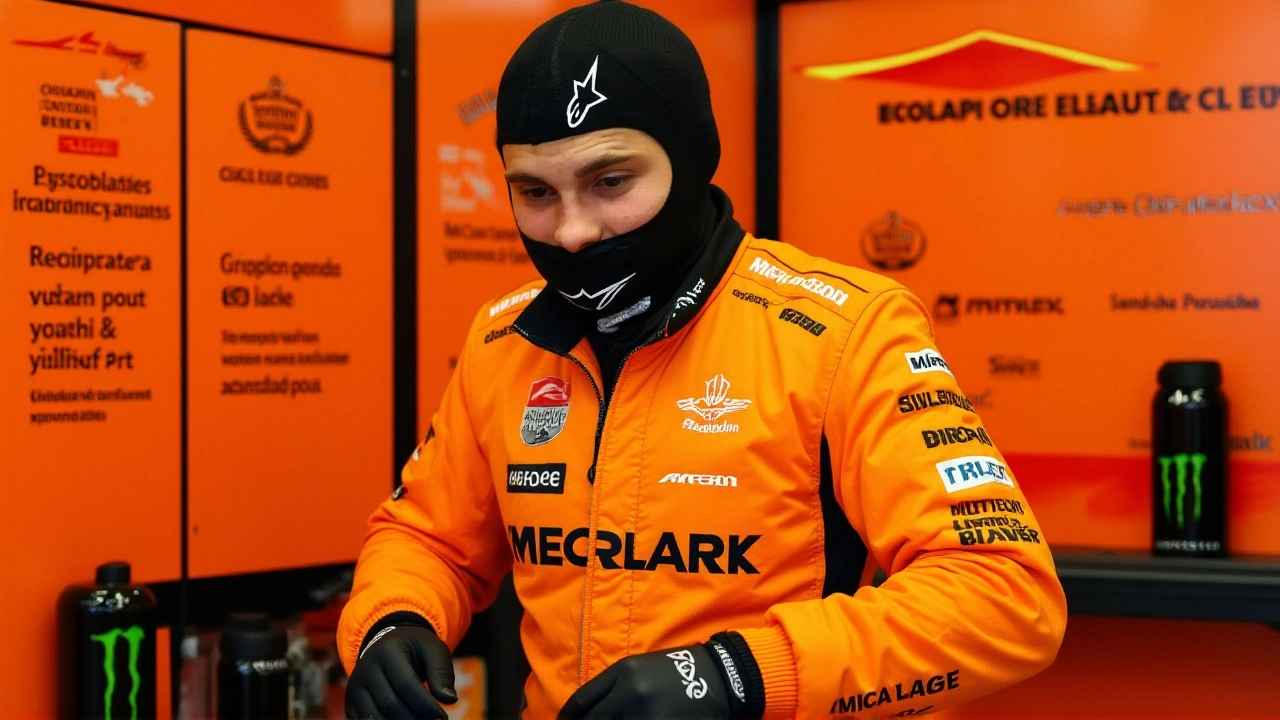
Midfield Shuffles and Pit Lane Penalties
Behind the front row, the grid read like a chessboard. Oscar Piastri earned third for McLaren, slotting neatly between the two giants. Rookie Kimi Antonelli impressed with a fourth‑place finish, making him the highest‑placed rookie on debut. Lando Norris, despite the earlier traffic tangle, landed fifth – a respectable spot given his car’s early‑season upgrades. The surprise came when seven‑time champion Lewis Hamilton, now racing for Ferrari, qualified sixth. It marks the first time in his Marina Bay career that he starts outside the top five, a testament to the circuit’s unforgiving grip levels. Ferrari’s Charles Leclerc followed him in seventh, while Isack Hadjar of the Racing Bulls team took eighth, showing the Frenchman’s growing confidence. Oliver Bearman of Haas crept into ninth, and Fernando Alonso rounded out the top ten for Aston Martin.
Technical Disqualifications and Their Impact
A major twist hit the grid when the Williams team saw both of its drivers struck by a post‑qualifying penalty. Technical scrutineers found the DRS flap on the FW56 exceeded the 85 mm limit, a clear breach of FIA regulations. Both Alex Albon and Carlos Sainz were disqualified from their original positions. Sainz was shuffled to 18th, while Albon faced a harsher fate: the team altered his set‑up overnight, triggering a mandatory pit‑lane start. Albon is not alone. Pierre Gasly of Alpine also received a pit‑lane start after a floor change on his A525, another clear-cut rule breach. These penalties reshuffle the midfield, pushing drivers like Nico Hülkenberg (Stake Sauber) to 11th and Liam Lawson (Racing Bulls) to 12th.
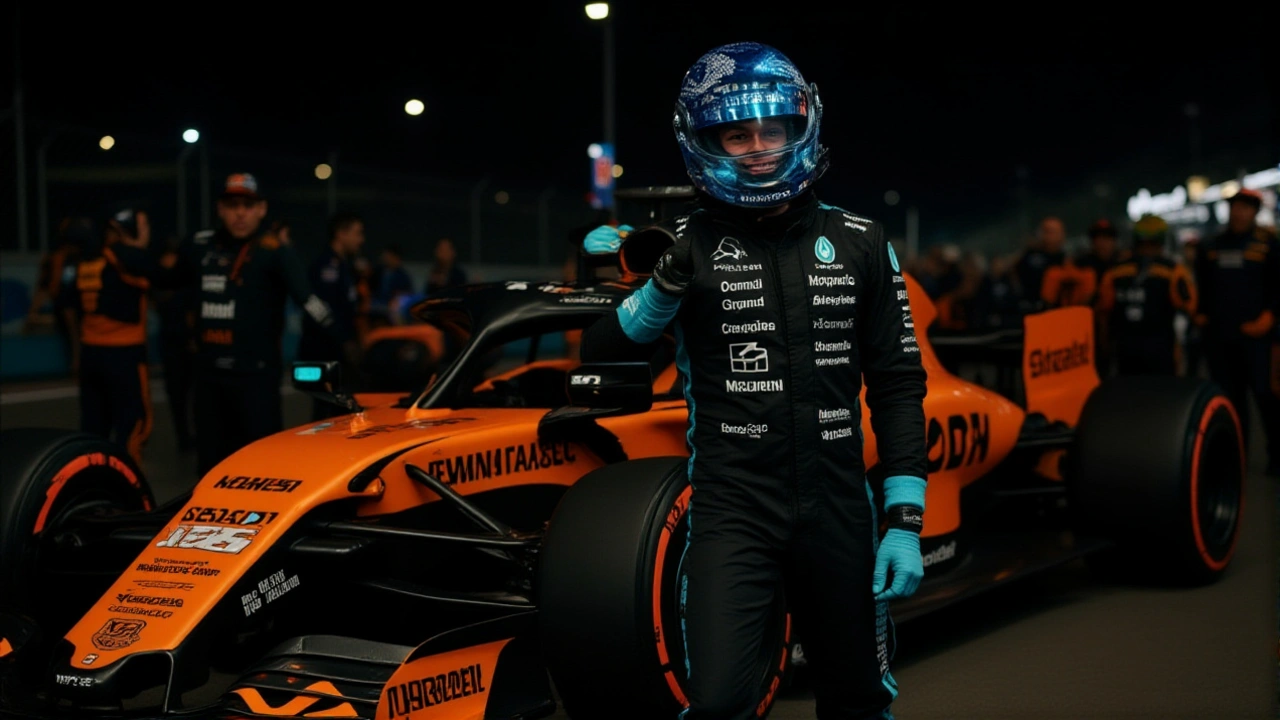
What the Grid Means for Race Strategy
Singapore’s street circuit rewards clean air and early aggression. A front‑row start gives Russell and Verstappen a chance to dictate the pace, but the narrow back‑streets mean a single mistake can hand the lead to a rival. Mercedes will likely opt for a medium‑soft tyre split, hoping Russell can preserve tyre life while fending off Red Bull’s aggressive push. Red Bull, on the other hand, may gamble on a short‑run soft‑soft strategy to capitalize on Verstappen’s ability to manage tyre degradation under pressure. Ferrari, starting just outside the top five, will need a bold first lap to avoid being caught in mid‑pack traffic. Hamilton’s experience could be the wild card; a well‑timed overtaking move into Turn 3 might shuffle the order before the first safety‑car window. Mid‑field teams face a different challenge. Those starting from the pit lane – Albon and Gasly – must rely on a flawless start and hope for early retirements ahead to claw back positions. Their cars will have fresh tyres, which could be an advantage if a safety car appears within the first ten laps. Overall, the grid underscores how technical compliance is as crucial as outright speed. A 0.1‑second aerodynamical tweak can spell the difference between a points finish and a pit‑lane start in a city where every overtaking opportunity is hard‑earned.
- Pole sitter: George Russell (Mercedes) – 1:29.158
- 2️⃣ Max Verstappen (Red Bull) – 1:29.340
- 3️⃣ Oscar Piastri (McLaren)
- 4️⃣ Kimi Antonelli (Mercedes rookie)
- 5️⃣ Lando Norris (McLaren)
- 6️⃣ Lewis Hamilton (Ferrari)
- 7️⃣ Charles Leclerc (Ferrari)
- ⚠️ Pit‑lane starts: Alex Albon (Williams), Pierre Gasly (Alpine)
Frequently Asked Questions
How does the pole position affect Russell’s chances of winning?
Starting from the front at Marina Bay means Russell can avoid the bottleneck that often forms at Turn 1. With clean air, he can manage tyre wear more effectively, which is key on a track where grip drops quickly. However, a strong push from Verstappen on the opening lap could still force him into a defensive battle.
What caused the Williams disqualification?
FIA scrutineers measured the DRS flap on both Williams cars and found it opened beyond the allowed 85 mm. The breach violates the aerodynamic regulations designed to keep DRS advantage within a strict limit, leading to the drivers’ disqualification from their qualifying times.
Why are Albon and Gasly starting from the pit lane?
Both teams made overnight set‑up changes that require the cars to start from the pit lane per FIA sporting regulations. Albon’s Williams received a new rear‑wing configuration, while Gasly’s Alpine had its floor swapped for a different specification, triggering the mandated penalty.
What are the key challenges drivers face at the Singapore circuit?
The Marina Bay Street Circuit is a tight, high‑temperature track with limited overtaking spots. Drivers must balance aggressive qualifying pace with the need to preserve tyre life for the race. The humid climate also tests physical endurance, and any mistake can lead to a safety‑car period that reshuffles strategies.
How might the pit‑lane starters gain positions during the race?
Both Albon and Gasly will start with fresh tyres, giving them a grip advantage. If an early safety car is deployed, they can double‑stack pit stops and rejoin ahead of cars that have already pitted. Additionally, a well‑timed overtaking move in the early laps could see them climb into the points.

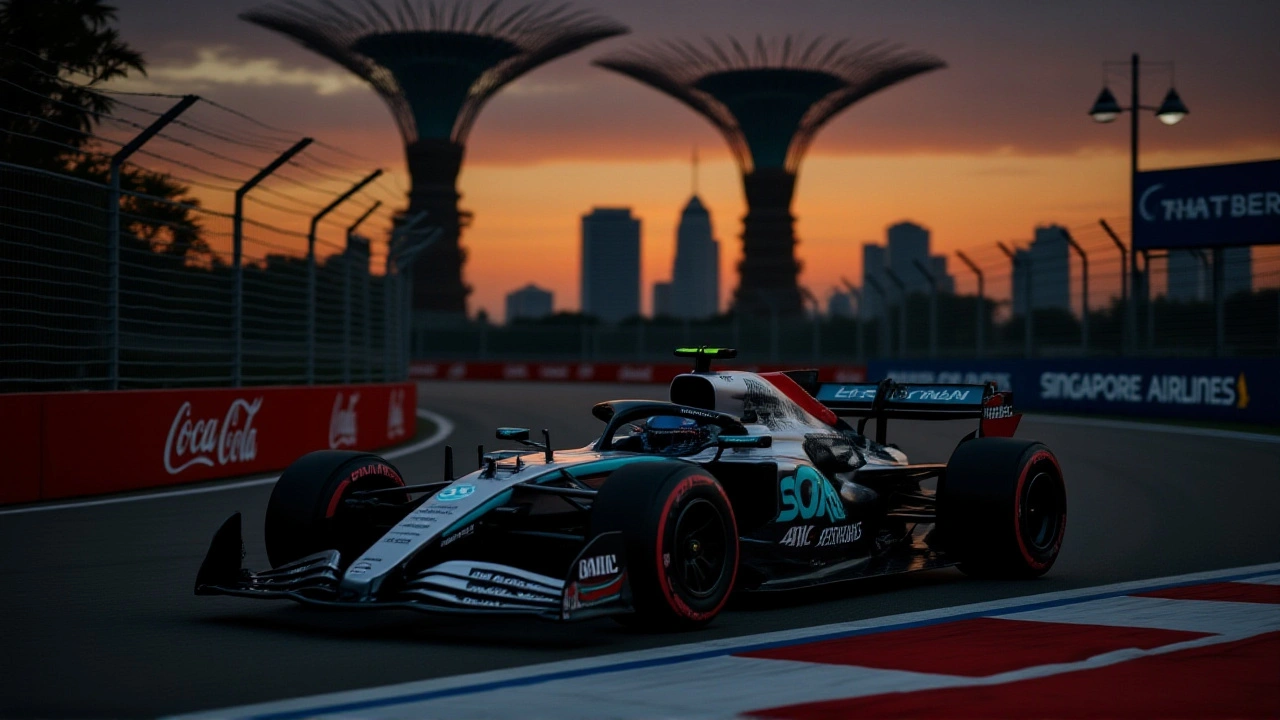
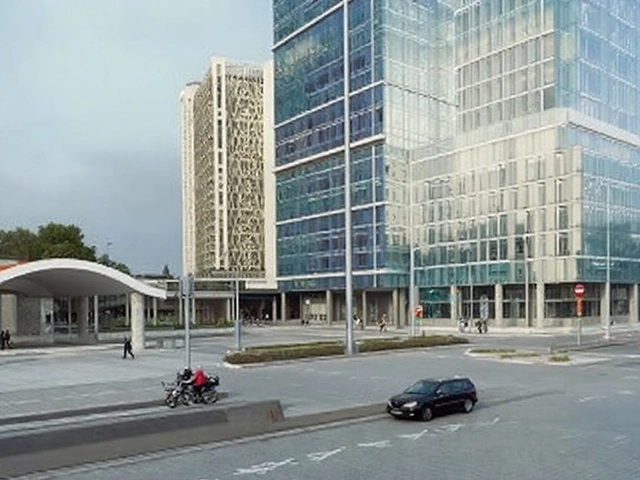
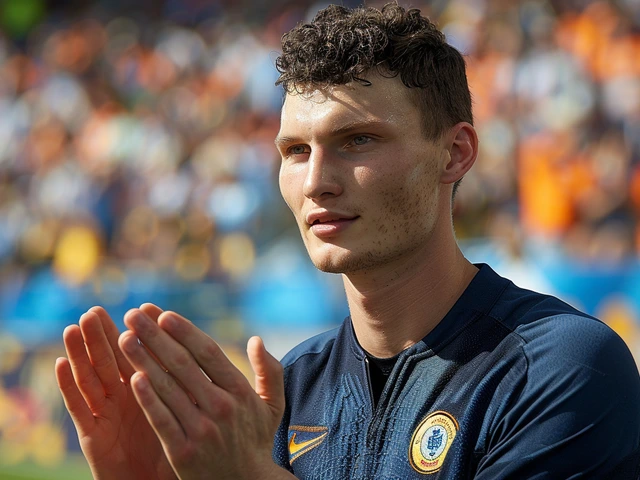
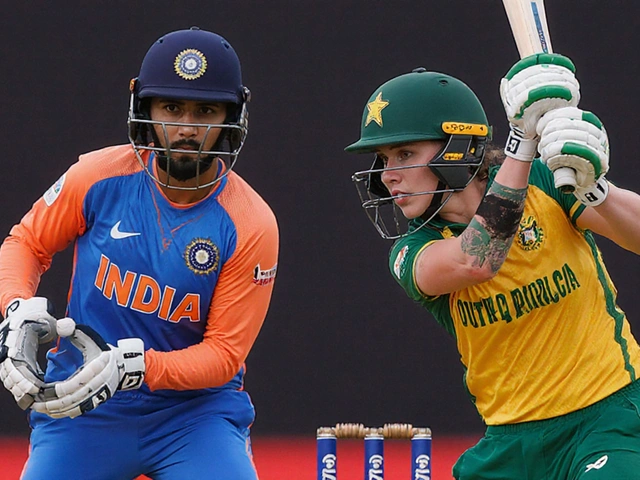

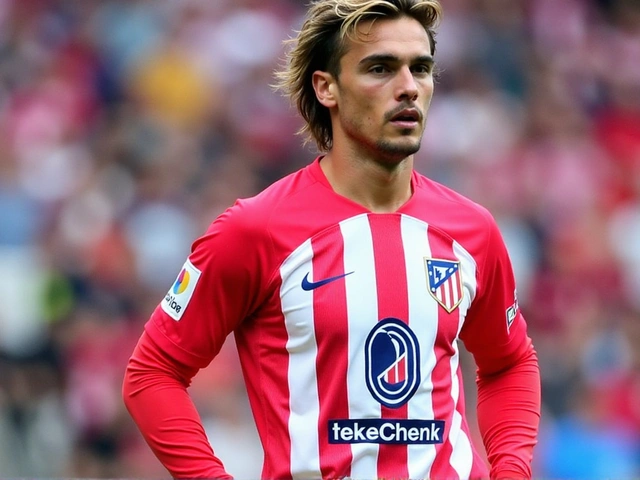
Comments
Ciara Russell-Baker
Russell getting pole is just luck, Verstappen just got sandwiched by traffic.
Aaron Samarita
Honestly, the whole qualifying session was a theatrical display of engineering prowess and driver temperament. The rain‑laden track turned each sector into a fragile tightrope, and Mercedes seized the moment with surgical precision. Verstappen’s frustration is understandable, yet his team’s strategy remains impeccably sound, showcasing the depth of Red Bull’s technical acumen.
Daisy Pimentel
From a moral standpoint, the sport demands that talent be matched by humility, a balance Russell seems to have rediscovered after his recent struggles. The wet‑to‑dry transition at Marina Bay serves as a metaphor for life’s unpredictable shifts, testing both character and skill. While fans cheer the spectacle, we must remember that a driver’s destiny is intertwined with the collective effort of engineers, pit crews, and even the weather gods. That Russell managed a flawless apex through Turn 7 indicates a deep respect for the machine he commands, an attitude many elite athletes lack. Conversely, Verstappen’s audible irritation reveals a human vulnerability that can either fuel greatness or derail focus. The philosophical question arises: does a momentary lapse in composure diminish a champion’s legacy? I argue it does not, provided the driver learns and evolves. In this race, the grid reshuffle caused by technical infringements underscores the importance of regulatory fairness, a principle that should guide all competitors. The penalties handed to Williams and Alpine reaffirm the FIA’s commitment to a level playing field, reminding us that adherence to rules is a moral imperative, not a bureaucratic nuisance. Moreover, the performance of rookies like Kimi Antonelli adds a fresh perspective, proving that opportunity can blossom when doors are opened without prejudice. The narrative of a seasoned driver like Hamilton sliding outside the top five highlights the relentless march of time and the inexorable need for adaptation. It also serves as a cautionary tale: past glory does not guarantee future triumphs without continual improvement. Fans often overlook the physical toll of Singapore’s humidity, yet it is a silent adversary that shapes outcomes as much as any aerodynamic tweak. In essence, the 2025 Singapore GP qualifies as a living laboratory where philosophy, ethics, and high‑speed competition intersect. Ultimately, the race will be judged not merely by who stands on the podium, but by who upholds the sport’s highest ideals on and off the track.
Ellen Ross
The very essence of qualifying is an intellectual exercise, one that transcends mere speed and delves into the realm of existential performance. Yet many pundits fail to grasp the subtlety of aerodynamic compromise, reducing it to a simplistic numbers game. Russell’s pole, though impressive, should be examined through the prism of chassis resonance and tyre thermodynamics, not just a lap time. Verstappen’s frustration, while palpable, is merely a symptom of a deeper systemic rigidity within Red Bull’s developmental pipeline. It is evident that the sport’s governing bodies impose constraints that stifle true innovation, a lamentable reality that fuels lyrical whispers across the paddock.
Fabian Rademacher
What they don’t tell you is that the DRS flap measurement was likely tampered with by an inside job orchestrated by rival manufacturers. The FIA’s “random checks” are a front, designed to give the illusion of fairness while the real power brokers pull strings behind closed doors. Every time a team gets penalized, you can bet there’s a shadowy network ensuring the scales tip in favor of the big money players. Keep your eyes open; the data logs have been altered, and the true performance gap is being hidden from the public.
Lois Parker
Russell got the pole, that’s cool. He drove fast and good.
Lerato Mamaila
What a fantastic display of skill; the Singapore circuit truly brings out the best in drivers, and we, as fans from all corners of the globe, celebrate this moment together. The diversity of talent on the grid reflects the universal love for motorsport, doesn’t it?
J T
Yo, that pole was earned, no doubt 😎. Red Bull gonna feel the heat.
A Lina
The aerodynamic load distribution on the Mercedes RB19 appears to have been optimized for the low‑drag, high‑downforce regime prevalent in wet‑to‑dry conditions, which unequivocally explains Russell’s superior sector splits. Conversely, Red Bull’s RB19‑S configuration suffered a marginal loss of static downforce due to suboptimal flap angle settings, resulting in a measurable increase in tire slip angle and consequent lap time degradation.
Virginia Balseiro
Wow, what an electrifying start to the weekend! The sheer intensity of the battle on a rain‑slicked Marina Bay is nothing short of cinematic. Let’s rally behind our favorites and hope for an unforgettable showdown where strategy meets bravery in the most spectacular fashion!
Jared Mulconry
In the end, it’s the collective effort of teams and drivers that makes the sport thrive, and respecting each viewpoint helps us all enjoy the competition more.